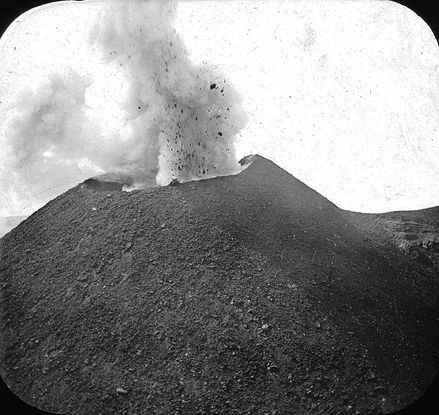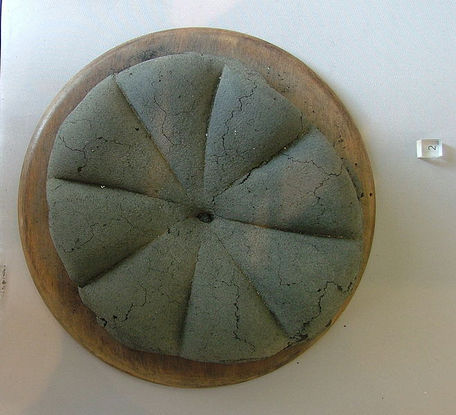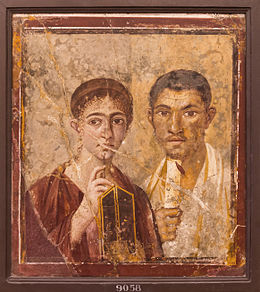Pompeii had numerous bakeries.
They are easily recognisable thanks to their distinctively shaped lava stones.
Grains were poured into the funnel at the top of the mill.
Wooden beams, turned by slaves, donkeys, or workers, would then rotate the upper stone to crush the grain below.
Lava stones were ideal for this process because they were strong enough to grind the flour without breaking into it.
Bread was a staple of Roman diet.
Romans would typically eat it with cheese, honey, fruit, or dried meat.
Many Romans would prepare their own dough, stamp it with their initials, and bring it to communal ovens for baking.
Fun fact : during excavations, an intact bread oven was discovered, complete with 80 carbonised loaves still inside!
Many Roman recipes have survived through the ages.
One such recipe reads : "Break fine white bread into rather large pieces, soak in milk and beaten eggs. Fry in oil, cover with honey and serve"! - a recipe for what we now call pain perdu!
Pompeiian bread must have been quite good.
In fact, a graffiti on a wall in Pompeii declares : "Traveler, you eat bread in Pompeii but you go to Nuceria to drink!"














.jpg)